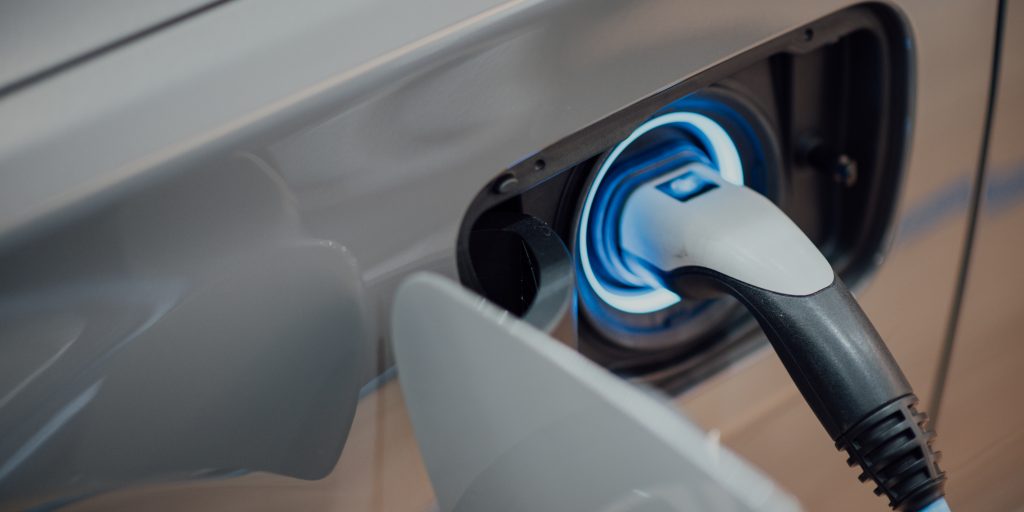Report: Electronic vehicle adoption driving change across America’s transportation system
In the wake of historic investments into the nation’s infrastructure, America’s transportation system is on the verge of a major overhaul. In combination, the Investment and Jobs Act and the 2022 Inflation Reduction Act represent a “generation-defining infusion of federal funding” that’s “intended to reverse decades of inadequate investment and to modernize major facets of the nation’s transportation system,” reads the introduction to a new report from Deloitt, “Transportation trends 2022-23.”
The report identifies five trends researchers expect to see play out in the coming year in America’s transportation system: The creation of a sustainable funding mechanism, the shift toward electronic vehicles; modernizing the system in an equitable way; increasing resiliency in transportation; and “turbocharging” innovation.
“The pandemic turbocharged digital transformation efforts at transportation agencies,” the report says. “New federal funding will provide further impetus to experiment with smart infrastructure, connected and autonomous vehicle technologies, and innovative mobility-on-demand solutions.”
The Biden Administration has made mass adoption of electronic vehicles a cornerstone of its decarbonization strategy. The federal government is looking to move its entire fleet to electric by 2035 and wants to see electric vehicles represent half of all new vehicle sales by 2030. And it’s not just the federal government moving in that direction. Car manufacturers have also kicked research into electric vehicles and a focus on environmental sustainability into overdrive. General Motors, for example, has committed $27 billion to its zero-emission goal, aiming to introduce 30 new electric models by 2025, and to achieve carbon-neutrality by 2040.
These trends are expected to meet three transportation challenges that have emerged in recent years, the report continues. First, with vehicles becoming more and more fuel efficient (along with greater adoption of electric vehicles), it’s necessary to find sustainable alternative means to raise money other than a gas tax.
“Today, traditional funding models still are based largely on taxes levied per gallon on fossil fuels,” reads a brief about the findings published by Deloitt. “But they’re being undermined steadily by increased fuel efficiency and the growing popularity of EVs. And that’s why most, if not all, U.S. state and federal transportation jurisdictions are considering funding systems based on miles driven.”
States that are currently piloting a vehicle miles traveled tax on a small scale include Oregon, Utah and Virginia. Similar types of mileage-based fee programs are expected to begin in more states in the coming years.
But given the change this represents from the current way of doing things, moving programs like this forward will require a lot of work from administrators, both to establish “the political will to act, along with public acceptance of a new approach to user-based transportation funding,” the report says.
With technology advancing at such a rapid pace, addressing inefficiencies within the current ecosystem of America’s transportation system is another challenge. An example of an inefficiency is revenue losses associated with electronic tolling. Improving efficiencies “will require a broader use of data and analytical tools to drive decision-making in both policy and investment,” the brief says.
Equity is the final need noted by the report—and it’s an important one, given the broad impact transportation has on employment, education, health care, business and access to recreation, especially in underserved communities.
Addressing this need “will require not just greater funding but a fundamental rethinking of our transportation system so that new models can take root and flourish,” the report says.
To access the full report, visit Deloitt’s website.




















